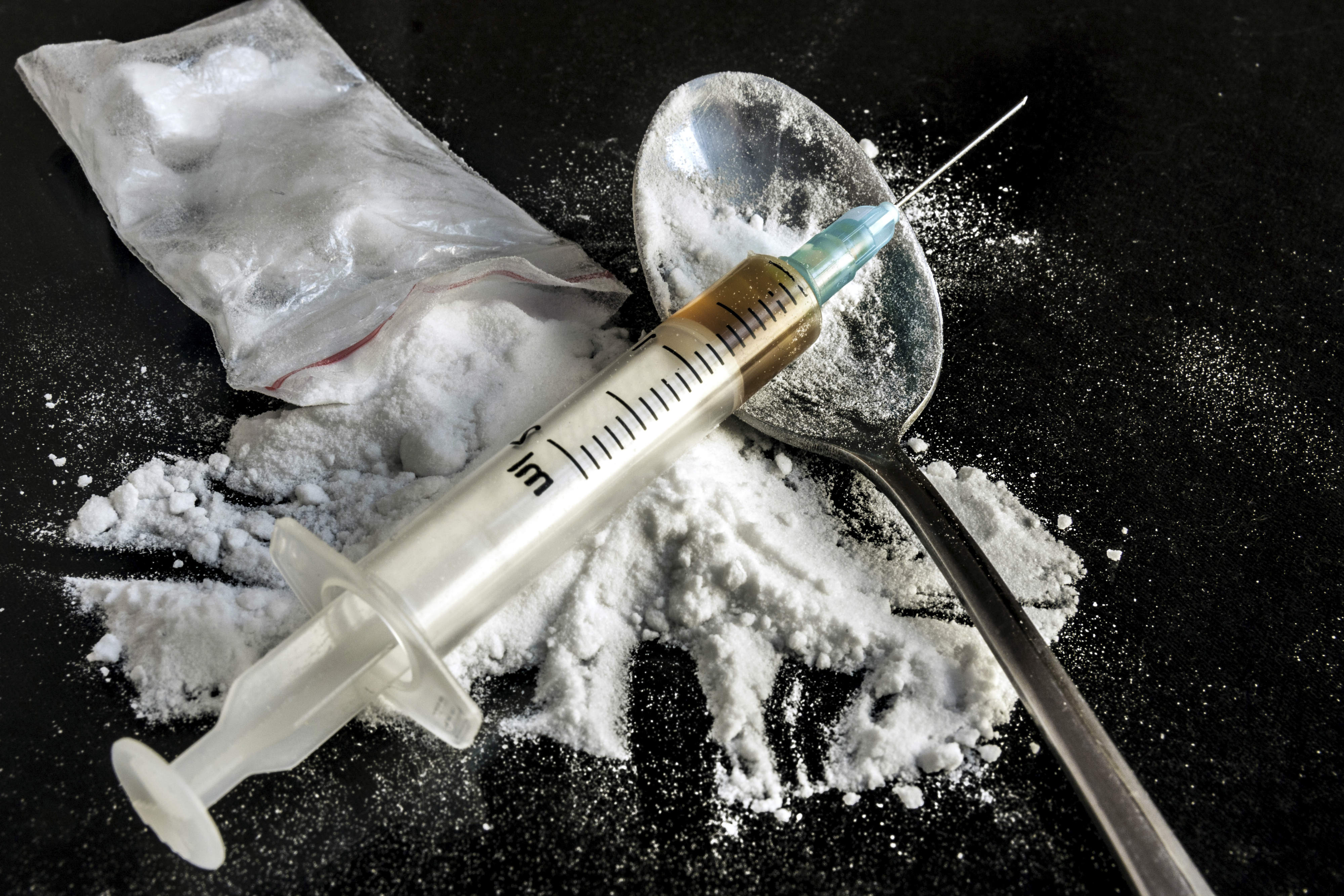Kyprianos Georgiou and Kalisa
Hadji Editors
From the Editors

Dear members,
I hope everyone had a great
summer and you are all
refreshed and back to your
daily routines.
It is now time for our next
newsletter "The Examiner".
Like mentioned in previous
editions, we will be
exploring different issues
that CSIs are phased with on
their day-to-day work. This
month's edition, we will be
exploring the use of Drugs
in CSI work. Throughout this
newsletter, different
sections are coloured in
blue and underlined which
will open new windows with
more information and details
about drugs.
If you have any questions or
comments or if you would
like to contribute any
articles in future
newsletters, please do not
hesitate to contact us
through the following links K.Georgiou@tees.ac.uk or Kalisa@hadji.co.uk
Director's Letter
Greetings!
We will be
changing the
frequency of the
newsletter from 6
times a year to 4
times a year to give
you the readers a
better newsletter
with more content.
The first newsletter
in January will
start that process.
Please check the web
site for additional
information and
publishing dates.
We have successfully
published an online
course for the
uniformed 1st Responder
to Crime Scenes.
This is free
refresher course for
the patrol officer.
The course may be
taken by others in
law enforcement and
CSI’s if they wish
but it is not for
students. The course
can be found at https://lawenforcementlearning.com/course/crime-scene-first-responder-training/
The course is
designed for the
patrol officer that
responds to crime
scene for them to
preserve and secure
the scene. It is not
a course to learn
how to process the
crime scene. We
strongly urge all
law enforcement
agencies have their
patrol officers take
this free course to
help preserve the
scenes. The course
is available
internationally. If
all your patrol
officers from your
agency want to take
the course submit to
me a list of their
names and email
addresses and we
will get them all
registered at once.
ICSIA has formed an
International
Training Committee
that will look into
defining what
training a CSI
should receive to be
a CSI, what protocol
they should follow
and develop
additional training
courses that will be
on line and live
courses.
The 2017 CSI
Conference is in the
planning stages and
as information
becomes available we
will post it on the
web site. For now,
it will be June 6, 7
& 8, 2017 in
Chandler, Arizona.
Mark your calendars
and plan on
attending!
Future editions of
the newsletter will
include articles
from our
“International
Reporters” about
what is happening in
their part of the
world. I look
forward to reading
about CSI’s other
than in the USA.
As always, if you
have articles,
images or cases
studies to submit
for publishing in
the newsletter
please send them in
for review.
We all work in
dynamic situations,
stay safe!
Hayden B Baldwin,
Executive Director
International Crime
Scene Investigators
Association
www.icsia.org
hbb@icsia.org
ICSIA's 2017 Conference

Phoenix, Arizona, 2017.
Further details will be provided at a
later date.
Book your place now for another great
conference.
Drugs
The Substance Abuse and Mental Health
Services Administration (SAMHSA) conducts
the National Survey on Drug Use and Health
(NSDUH). This is a major source of
information on substance use, abuse, and
dependence among Americans 12 years and
older.
Please click here for
the full article
Case studies
By Hayden Baldwin
As a CSI I was called to a death
investigation in a residence by a
local police agency. Upon arrival I
was informed there was a young man
18-20 in the upstairs bedroom laying
on the floor. He was found dead by
his father who pulled a black
plastic bag off his son’s head
For the full article please click here.
The times are changing
By Dr. Lorna Nisbet
Forensic toxicologists and drug chemists
are undergoing periods of unprecedented
change within their respective fields.
The arrival of new psychoactive
substances (NPS’s) have dramatically
altered the recreational drugs market.
For the full article please click here.
Crime Scene Processing:
A hazardous duty
By Hayden Baldwin
As crime scene
investigators perform
their daily duties what
hazards are they coming
into contact with? Other
then the normal aspects
of police work the crime
scene investigator faces
a host of other duties
that could be hazardous
to his health or the
health of others.
For the full article
please click here.
On the WEB:
- Identifying Prescription Drugs
at the Crime Scene - Click
here
- Evaluating A Presumptive Drug
Testing Technology in Community
Corrections Settings - Click
here
- Forensic Drug Identification by
Gas Chromatography – Infrared
Spectroscopy - Click
here
- Field Drug Tests Confuse Candy
for Meth, Cause Serious Concern - Click
here
- Crime Scene Safety - Click
here
The next edition of "The Examiner" will be
in January 2017
If you would like to contribute any
papers/articles/stories from your
experiences about any of these themes,
please do not hesitate to contact
us here with your papers in order to
include them in our future newsletter.
Thank you
|
|
|